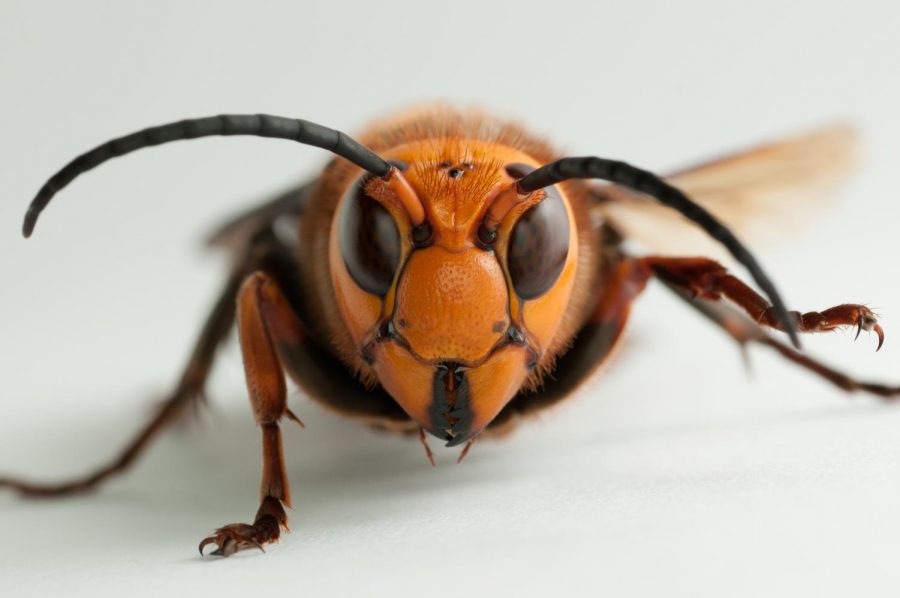As the year hits its fifth month filled with chaos and craziness in the world, the appearance of the “murder hornets” coming into the United States is only making things seem crazier.
The “murder hornets” — biologically known as Vespa mandarinia — have just been spotted by Washington State officials.These hornets, which are from Japan, are described as “yak-killer hornets” and have also been known to rip off honey bees’ heads.
The Vespa mandarinia grows up to 6.35 centimeters long and this insect has killed 50 people in Japan last year due to their dangerous venom.
The Washington State Department of Agriculture (WDSA) had a statement regarding what they think might’ve happened for the release of the bees. “[There were] two sightings of Asian giant hornets in early December 2019,” Washington State University Insider reported on April 6.
WSDA received two more accounts describing the invasive insects, but those remain unconfirmed. No one knows how the hornets arrived in the U.S., but they may have been introduced as other types of invasive insects have. “They were deliberately released, or transported here as unseen stowaways in international cargo,” WSU representatives said in a statement..
The giant hornets could have been released from cargo containers overseas was the best explanation by Washington state officials in December of 2019. With the bee population already declining in the United States, there is a major concern for the damage these new species can do to the current population.
As said by WDSA, “Within a few hours, a strong, healthy and populous honey bee colony of 30,000 to 50,000 workers is slaughtered by a group of 15 to 30 hornets.”
This disadvantage for the bees of the United States population when faced with this new invasive species looks drastic and detrimental. There still is no evidence regarding the impact that the hornets will have on the U.S soil. There have only been cases reported in Washington state, but with the summer approaching for everyone, to ponder the idea how many of the “murder hornets” will there be left and how much damage will be dealt to the bees we still have.















